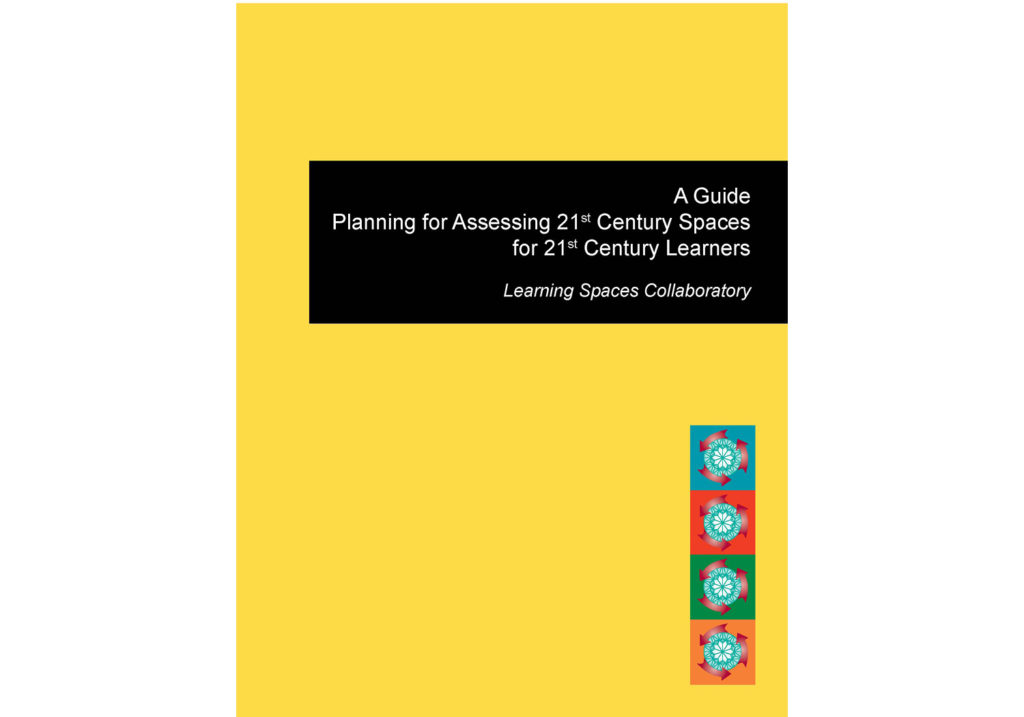- How do you measure return on investment of time, energy and funds expended in shaping and sustaining physical environments serving 21st century learners?
- How does space influence the nature of the learning experience?
- How can focusing on what students are to become, on how learning happens drive the process of shaping and sustaining 21st century learning environments?
This guide, developed by a working group convened by the LSC, is a template for exploring such questions. It is intended to advance efforts on individual campuses to imagine and shape new spaces, reimagine and repurpose existing spaces; it is intended to inform the national dialogue about why attention to physical learning environments matters.
Reports and reflections in this guide illustrate how research findings are influencing campus-based programmatic and pedagogical change, transforming what and how students learn. They also present evidence of how such findings inform the process of transforming the physical spaces—where students learn. They signal how attention to central questions that should drive planning for assessing 21st century learning space for 21st century learners.
- What do we want our learners to become?
- What kind of learning experiences enable that becoming?
- What kind of learning spaces enable such experiences?
- How do we know?
The final one is the most critical question and perhaps the most challenging. In contrast to the substantive, consolidated, and accessible research about how learning happens, research on how space matters to learning is an emergent field—with significant pioneering work underway on some campuses and within particular communities of practice.
These questions also call for attention to assembling the planning team, engaging persons with diverse expertise and experience, and from different spheres of responsibility across campus—as well as from beyond the campus. You will find evidence of how a process for planning a particular space or set of spaces has begun to transform policies and practices campus-wide, how questions about how space matters to learning are being integrated into strategic planning initiatives for the future.
How to use this guide:
This guide provides good insight into designing “signature” learning spaces that inspire faculty and students to think creatively about pressing intellectual issues. It will also inspire all involved to take personal responsibility for shaping spaces that matter for their learning community.
— Cathy Wolfe, Director of Campus Planning-George Mason University
Use this guide to enhance the experience of exploring new ideas and searching for fresh insights, recognized that we often do not understand what we have uncovered until we have evaluated it from many points of view, bringing the vital properties of a space into focus.
— Kent Duffy, Principal-SRG Partnership, Inc.
The guide’s advice to “keep the focus on learning” is apt for thinking about how to use this guide to create organization change. One of the best ways campuses can encourage deep and lasting change is by creating organizational learning around new learning spaces. Change is all about learning and learning happens only when campus leaders set up the right circumstances. This guide provides the steps to create learning.
— Adrianna Kezar, Professor of Higher Education-University of Southern California
If new or renovated spaces are in your future, we invite you to consider these questions as you move forward with your planning. Keep in mind that in future years others will be asking such questions about visions and mental images as they audit the spaces for which you have responsibility.

